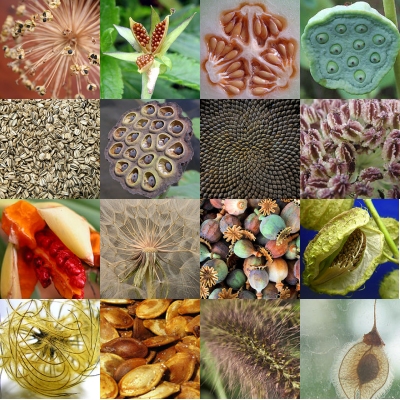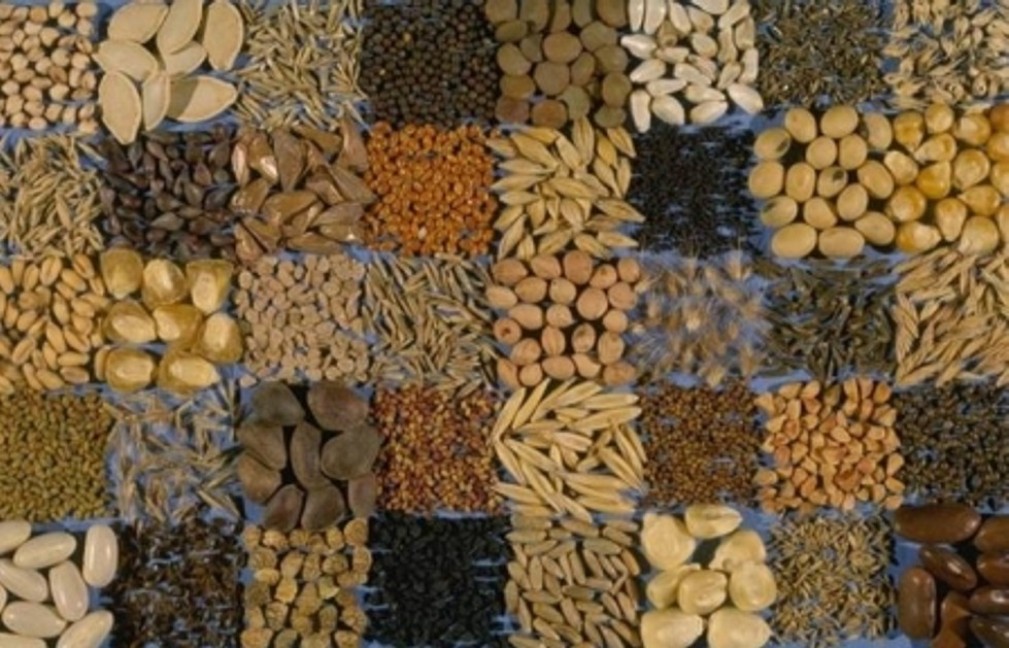Difference Between Seeds and Spores

Both seeds and spores are reproductive organs of plants. While they both serve the same purpose, there are a lot of differences between the two in regards to how they accomplish the process. The former is a part of sexual reproduction, while the latter reproduces asexually.
One of the easiest way to differentiate between these two reproductive units is by their size. Seeds are larger in size and can be easily seen with a naked eye, while spores are microscopic and cannot be seen without a magnifying apparatus, such as a magnifying glass or microscope.
Seeds are multilayered and contain each and every thing a tiny plant needs to sustain itself after germination. With a protective coating covering its delicate inside, a seed can survive and thrive in harsh conditions as well. A spore on the other hand, is a unicellular organism without a protective sheath, but it can still survive for longer periods in all sorts of conditions.
Seeds can be found in the flowers of fruits of flowering plants, whereas spores are located under the leaves of algae, fungi, ferns and moss plants. Both seeds and spores germinate after they are separated from the plant, but the former germinates more easily since the latter needs wet conditions for germination. Seeds contain an embryo inside, while spores do not have embryos.
Seeds can be dispersed by either of the five dispersal methods including gravity, wind, ballistic, water and animals, while spores are dispersed only by wind.
Instructions
-
1
Seeds
A seed is a small embryonic plant enclosed in a sheath called the seed coat. They play a key role in the reproduction and spread of multi-cellular flowering plants. A typical seed consists of three parts, an embryo, nutrients for the embryo and a seed coat enclosing the embryo and its nutrients. Seeds are of two types; haploid and diploid. The former has a single set of paired chromosomes while the latter has two paired chromosome sets.
Image courtesy: tiniaki.gr
-
2
Spores
A spore is a unit of asexual reproduction and form part of the life cycles of bacteria, fungi, algae and other small plants. The spores are also divided into two types; homosporous and heterosporous. The former come in uniform sizes while the latter are further divided into large female spores and small male spores.
Image courtesy: gait.aidi.udel.edu



